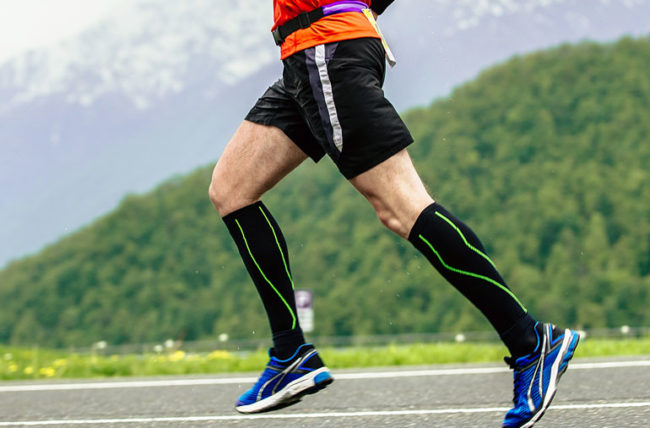All about compression socks

Socks, which are composed of a specific type of stocking material, can be found in various lengths. There’s a lot you don’t know about them if you haven’t used them in the past. There’s a lot to learn regarding compression socks, from their medical benefits to the common notion that they should only be worn by the elderly.
What are they, and how are they different from regular socks?
Compression socks have a long sleeve and a narrower toe box than regular socks, and the primary goal is to improve leg blood flow.
It’s a pretty practical yet common thing. And yet, at the same time, it is a highly underutilised option. For example, more people may profit from using them.
Ways they assist
These socks have been shown to be effective in the treatment of venous leg disease. These socks raise the pressure inside the tissues surface of the skin by gently compressing the legs. A reduction in capillary fluid leakage and an increase in the absorption of tissue fluid by capillaries and lymphatic channels are two benefits of this item.
Reduced swelling and the prevention of swelling are the results. It also restricts the ability of deep veins to expand and fill with blood, preventing the backflow of blood and producing congestion.
Besides venous stasis, another specific purpose of these socks would be to aid blood flow when you are sitting for a longer time, like one long trip.
Due to less activity and weaker flow, there’s more pool and storage of blood inside the legs that can enhance the chances of clots. If you’re in good health, the risk of blood clots is low, but you may still experience discomfort or swelling after a long day — these socks aid in maintaining healthy blood flow and alleviate related symptoms.
Socks with different levels of compression
These socks are of two categories: graded and anti-embolism. Always be sure to ask any questions you may have to your healthcare professional.
Most people wear graduated compression socks, which are the most prevalent type. Even though these socks are available in a wide range of compressive tightness, they uniformly get looser as they go up the leg. Full bib tights are becoming more popular among athletes in place of traditional knee-high or thigh-high socks. There is a greater focus on anti-embolism stockings. To prevent blood clots, they’re developed for bed-bound patients, especially those who have undergone surgery.
Are these socks for athletes: are they worth it?
Athletes playing various sports commonly wear these socks and even compression sleeves. These socks may assist athletes in recuperating from strenuous exercise, but there isn’t much evidence to establish “a mechanism of action” for this.
According to an Australian study, these socks may have a good effect on subsequent jogging performance. In other words, your next run might be better if you use these socks.
However, the benefits of increased runner’s circulation have been hypothesised. Still, it is not known if that’s true yet (increased oxygen supply to muscles, improved blood circulation, faster lactic acid clearance).
Athletes can benefit from wearing compression socks since they provide protection. You can keep your legs warm and dry by wearing these socks because they’re composed of thicker materials than regular socks.
Ideal for everyone
These socks are fantastic because you don’t need a prescription to wear them, and there are no hazards for most individuals. Some people may be concerned about the tightness of these socks or the marks they leave on their legs. It is speculated that they may be worried that these socks will cut off their blood flow. These socks aren’t just for the elderly; people of any age may wear them. You only need to try it with your individual footwear to decide if it is right for you – and not give it up after just one day.



